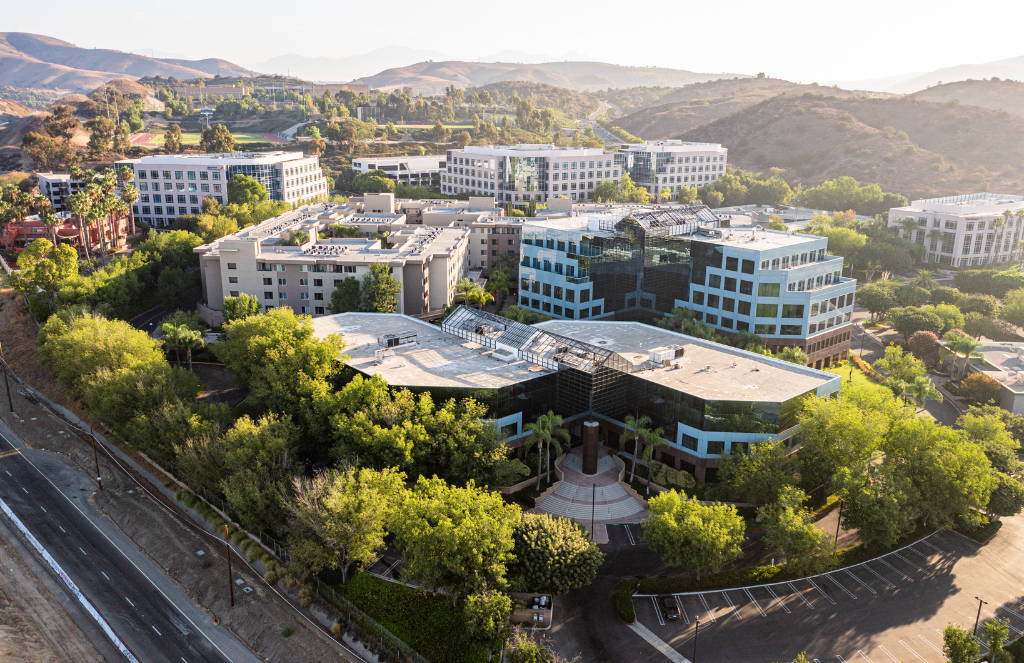In a world where environmental responsibility is paramount, the construction industry is undergoing a significant transformation. Sustainable building practices, often referred to as “green construction”, are leading this change. This blog explores the future of construction and how eco-conscious building practices are taking center stage.
Understanding Eco-Friendly Construction
Eco-friendly construction, also known as green construction, represents a holistic approach to building that places a strong emphasis on environmental responsibility. It leverages innovative methods, materials, and designs to reduce environmental impact, conserve resources, and create healthier, energy-efficient structures. These practices are reshaping the way we build, with the goal of combating climate change and fostering healthier environments.
The Benefits of Eco-Friendly Building Practices
- Reducing Environmental Impact: Eco-conscious building practices significantly lower the carbon footprint of construction by utilizing eco-friendly materials and efficient designs. These practices result in a substantial decrease in the negative impact on our planet’s ecosystems and natural resources.
- Energy Efficiency: Green buildings are designed for optimal energy efficiency, leading to reduced utility costs and a decreased reliance on fossil fuels. The reduction in energy consumption not only saves money but also helps reduce greenhouse gas emissions.
- Enhanced Indoor Air Quality: Green buildings often incorporate advanced ventilation systems and low-toxicity materials, promoting healthier indoor environments. This leads to improved health and well-being for building occupants, reducing medical costs in the long run.
- Conserving Resources: Eco-friendly construction minimizes waste and maximizes the use of recycled and renewable materials, conserving precious natural resources. This sustainable use of materials helps in preserving our environment for future generations.
- Appreciating Property Value: The demand for eco-friendly buildings continues to rise, with their value often appreciating over time, making them a wise investment choice. The property’s increased value is not only a financial benefit but also an indicator of society’s shifting values towards sustainability.
Innovations in Sustainable Construction
- Harnessing Solar Power: The integration of solar panels into building design harnesses renewable energy, reducing electricity expenses. Solar power not only contributes to energy savings but also provides a reliable source of clean energy.
- Green Roofs: Covered with vegetation, green roofs offer insulation, reduce stormwater runoff, and enhance air quality. These green spaces on rooftops help mitigate the urban heat island effect and improve air quality in urban environments.
- Passive Design Strategies: Architects are increasingly employing passive design strategies that leverage natural surroundings for temperature control, reducing the need for heating and cooling. Passive design not only conserves energy but also promotes a comfortable and sustainable living environment.
- Smart Technology Integration: Incorporating smart technology allows for efficient energy management and improved comfort for occupants. Smart technology reduces energy wastage and enhances the overall quality of life in a building.
The Role of Eco-Conscious Building in the Future
As we confront pressing global issues such as climate change and resource scarcity, eco-conscious building practices are positioned to become a central focus in the construction industry. Governments are introducing regulations and incentives to encourage eco-conscious building, while consumers are becoming more environmentally conscious. Consequently, green construction is poised to become the industry standard.
Challenges and Obstacles
Despite the promising future, challenges remain:
- Initial Costs: Eco-conscious construction may require a higher upfront investment, which can deter some developers and homeowners. However, long-term savings often offset these initial expenses, and incentives and financing options are becoming more readily available.
- Education and Awareness: Many people remain unaware of the benefits of eco-conscious building practices. Raising awareness and educating the public on the subject is vital. Public awareness campaigns and educational initiatives can help bridge this knowledge gap.
- Regulatory Hurdles: Regulations and building codes vary, making universal implementation challenging. Collaborative efforts between stakeholders can help streamline these codes and make them more consistent.
- Technological Advancements: As technology evolves, new, more affordable eco-friendly construction solutions will emerge, democratizing green building. Keeping an eye on emerging technologies and trends is essential for staying at the forefront of sustainability.
Eco-friendly construction practices are reshaping the industry’s future, and it’s a future worth embracing. As we prioritize a greener world, Valmark offers you the opportunity to invest in luxury projects that epitomize sustainable building. Projects like Valmark Apas Valmark Cityville and Valmark Orchards are prime examples of this commitment to sustainability. Make sustainability a cornerstone of your investments and contribute to a healthier planet while enjoying the comfort of eco-conscious living. It is not just a trend; it is a commitment to a prosperous future. Explore Valmark’s sustainable luxury projects today and be part of the green construction revolution.

